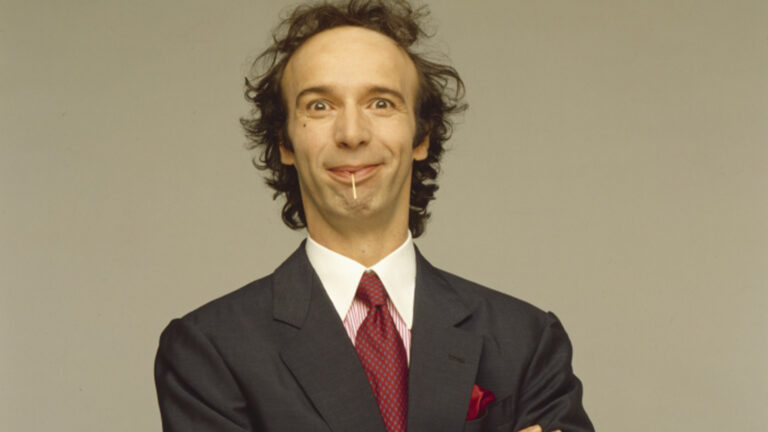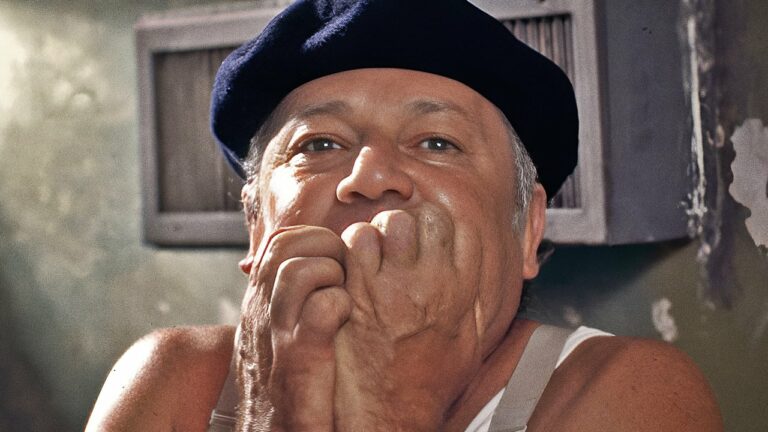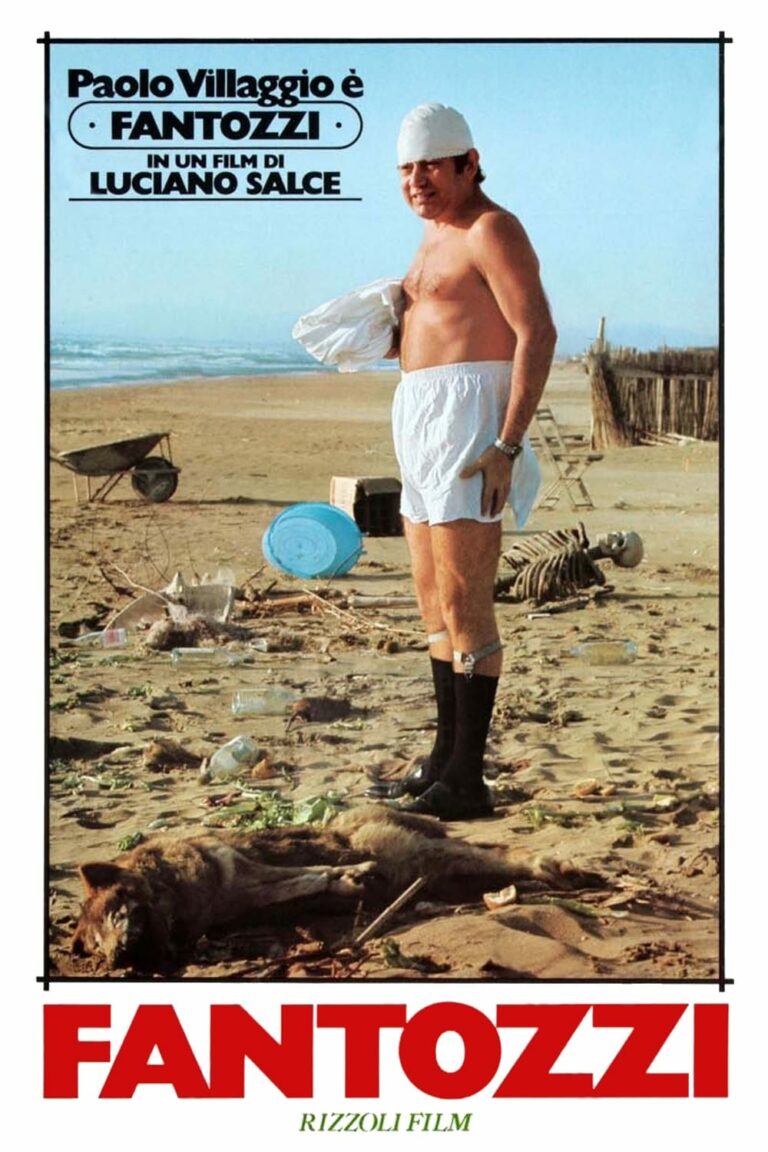
Dario Argento, often referred to as the “Master of Italian Horror,” is a visionary filmmaker whose work has redefined the horror and giallo genres. Known for his bold visual style, elaborate murder sequences, and haunting use of music, Argento’s films have earned a devoted global following and influenced countless directors, from John Carpenter to Guillermo del Toro.
From his early giallo masterpieces to his surreal horror epics, Argento’s filmography offers a unique blend of artistry and terror. This article delves into the key films, recurring themes, and stylistic trademarks that define Dario Argento’s remarkable career.
Introduction
Dario Argento is synonymous with Italian horror, crafting films that blur the line between nightmare and reality. His vivid, almost operatic style combines shocking violence with artistic elegance, creating a sensory experience unlike any other. With over five decades of filmmaking, Argento’s works remain timeless for their ability to terrify and mesmerize in equal measure.
Argento’s Beginnings
Born in Rome in 1940, Argento began his career as a film critic and screenwriter. He co-wrote the screenplay for Sergio Leone’s Once Upon a Time in the West (1968), showcasing his early talent for storytelling. Argento made his directorial debut with The Bird with the Crystal Plumage (1970), a stylish giallo thriller that became an instant classic and established many of the hallmarks of his later work.
The Giallo Masterpieces
What Is Giallo?
Giallo is an Italian film genre blending mystery, crime, and horror, often featuring elaborate murder sequences, masked killers, and psychological intrigue. Argento’s early films epitomize the genre.
Key Giallo Films
- The Bird with the Crystal Plumage (1970):
Argento’s debut follows an American writer in Rome who witnesses an attempted murder and becomes embroiled in a deadly mystery. The film’s stylish visuals and inventive narrative redefined giallo for a new era. - Deep Red (Profondo Rosso, 1975):
Widely regarded as Argento’s greatest giallo, this film follows a pianist and a journalist investigating a series of brutal murders. With its shocking twists and Goblin’s iconic score, Deep Red is a genre-defining masterpiece. - Tenebrae (1982):
A meta-giallo about an American author stalked by a serial killer while promoting his latest novel in Rome. The film critiques media sensationalism and features some of Argento’s most inventive camera work. - Opera (1987):
Set in the world of Italian opera, this giallo showcases a masked killer tormenting a young soprano. The film’s use of ravens and its operatic murder sequences cement its place in Argento’s oeuvre.
The Horror Epics
Argento’s transition from giallo to supernatural horror marked the beginning of some of his most iconic works. These films delve into surrealism and the occult, creating haunting, otherworldly experiences.
The Three Mothers Trilogy
- Suspiria (1977):
Argento’s most famous film, Suspiria follows an American ballet student who uncovers a coven of witches at a prestigious dance academy. The film’s vibrant color palette, dreamlike visuals, and Goblin’s bone-chilling score make it one of the greatest horror films of all time. - Inferno (1980):
The second installment of the trilogy explores an ancient evil lurking in a New York apartment building. While less celebrated than Suspiria, Inferno features stunning visuals and a nightmarish atmosphere. - Mother of Tears (La Terza Madre, 2007):
The final chapter revisits the mythology of the Three Mothers. Though polarizing among fans, the film ties together the trilogy’s themes of dark magic and feminine power.
Other Horror Highlights
- Phenomena (1985): A young girl with psychic powers (Jennifer Connelly) teams up with a forensic entomologist to solve a string of murders. The film’s dreamlike narrative and unconventional elements make it a cult favorite.
- The Stendhal Syndrome (1996): A psychological thriller about a detective (Asia Argento) who experiences hallucinations triggered by great works of art.
Recurring Themes
- The Psychology of Violence:
Argento’s films often delve into the psyche of his killers and victims, exploring themes of obsession, trauma, and identity. - Surrealism and the Supernatural:
His horror works frequently blur reality and illusion, drawing inspiration from fairy tales and nightmares. - Art and Death:
Many of Argento’s films, such as Opera and The Stendhal Syndrome, explore the intersection of art, beauty, and mortality. - Feminine Power and Vulnerability:
Female characters often play central roles, embodying both strength and victimhood in Argento’s narratives.
Stylistic Trademarks
- Bold Use of Color:
Particularly in Suspiria, Argento uses vivid primary colors to create a heightened, otherworldly atmosphere. - Elaborate Camera Work:
Argento’s films feature innovative techniques, including long tracking shots, POV perspectives, and surreal angles. - Graphic Violence:
Argento’s depiction of murder is both brutal and meticulously choreographed, turning violence into an art form. - Iconic Scores:
Collaborations with composers like Goblin and Ennio Morricone result in unforgettable soundtracks that heighten tension and atmosphere.
Legacy and Influence
Argento’s impact on cinema is profound. His films have influenced a generation of filmmakers, including Quentin Tarantino, Brian De Palma, and James Wan. Suspiria inspired a 2018 remake by Luca Guadagnino, further cementing its place in cinematic history. Argento’s work has also shaped modern horror, from the rise of “elevated horror” to the resurgence of giallo-inspired aesthetics.
FAQs
- What is Dario Argento’s most famous film?
Suspiria is widely regarded as Argento’s magnum opus and a cornerstone of horror cinema. - Are Argento’s films suitable for beginners in horror?
While his films are visually stunning, their graphic violence and surreal narratives may not be for everyone. Suspiria and Deep Red are excellent starting points. - What is Argento’s connection to Goblin?
Goblin is an Italian progressive rock band that composed scores for several Argento films, including Suspiria and Deep Red. - Is Argento still making films?
Yes, Argento continues to direct. His latest film, Dark Glasses (Occhiali Neri, 2022), marks his return to the thriller genre. - What sets Argento apart from other horror directors?
Argento’s blend of operatic visuals, psychological depth, and unapologetic violence creates a unique cinematic experience unmatched by many of his peers.
Conclusion
Dario Argento’s films are more than just horror—they are immersive works of art that challenge, shock, and captivate. From his giallo masterpieces to his supernatural horror epics, Argento has left an indelible mark on the genre, inspiring filmmakers and thrilling audiences worldwide. His legacy as a pioneer of Italian horror ensures that his work will continue to haunt and inspire for generations to come.



